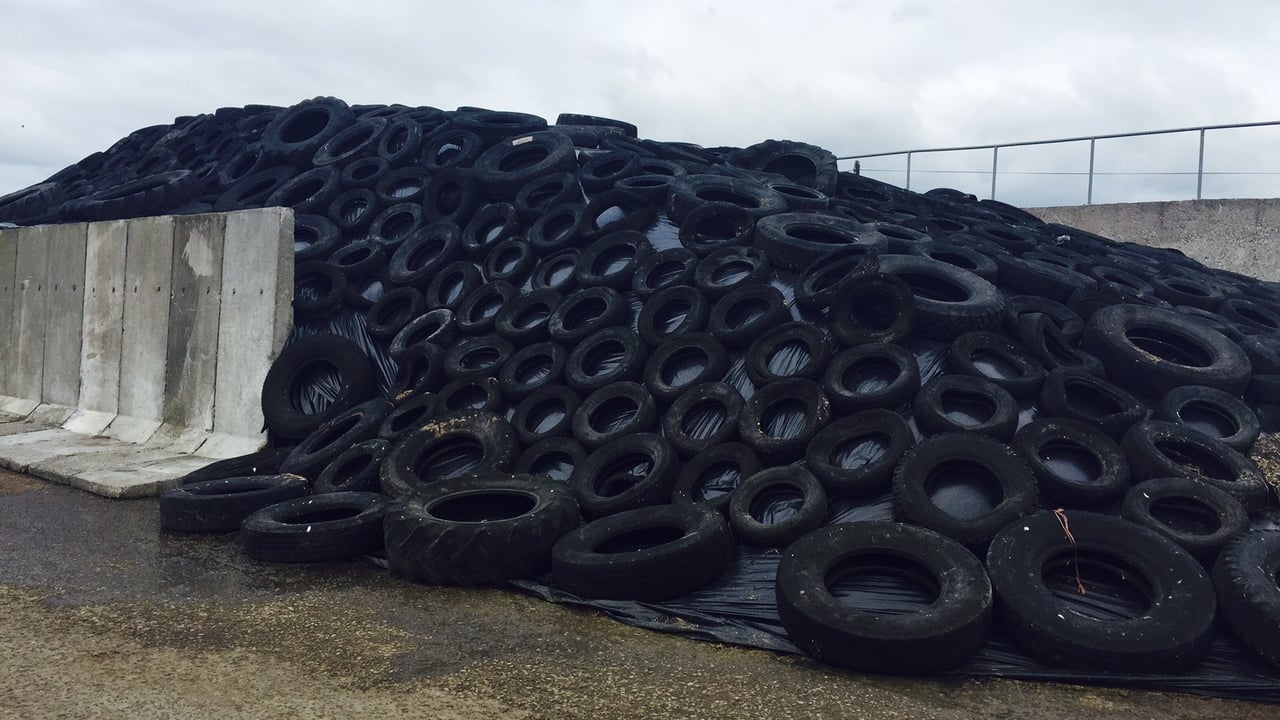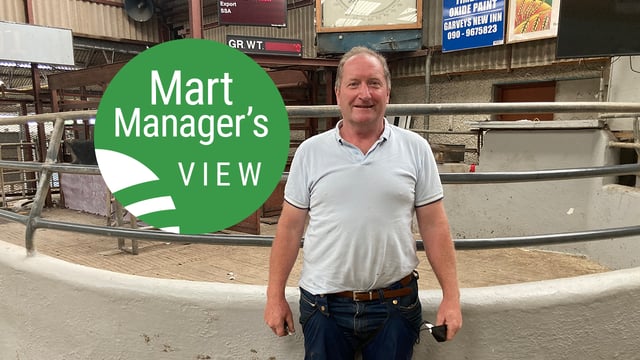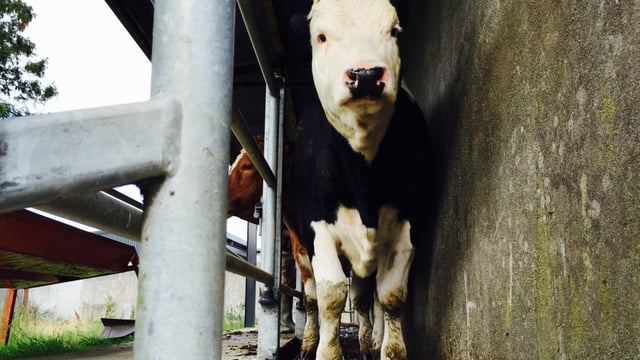Completing a fodder budget after first-cut silage
An important job to be completed over the coming weeks is making a fodder budget, to determine how much of a fodder reserve is on the farm.
Many farms were later than usual in harvesting first-cut silage, which resulted in higher yields achieved in many cases.
Although this was not planned, due to the recent poor growth rates most farmers will be happy with the extra fodder in the pits.
Achieving good yields from first-cut silage has allowed some farmers to reduce the area being harvested for second-cut, and reduced the need to buffer feed cows.
Last weekend, most parts of the country were happy to see some rainfall, but in some areas not enough fell to correct soil moisture deficits (SMD) experienced currently.
To determine how much fodder is currently on the farm, you should complete a fodder budget.
This will help you to determine how much silage is on the farm currently and may also help in determining how much more silage is required to be harvested.
To complete a fodder budget, here are the steps to take:
When you are completing your fodder budget you should also include a fodder reserve of between four to six weeks.
This should be based of an average year, to offer you some protection for possible adverse weather conditions, such as in 2018, or the wet spring this year.
| Silage requirement - month | No. of months (incl. fodder reserve) | No. of stock | Total | |
|---|---|---|---|---|
| Dairy cow | 1.6 | 5 | 100 | 800t |
| In-calf heifer | 1.3 | 5 | 22 | 143t |
| Yearling heifer | 0.7 | 5 | 25 | 87.5t |
| Total | 3.6 | 15 | 147 | 1,818t |





